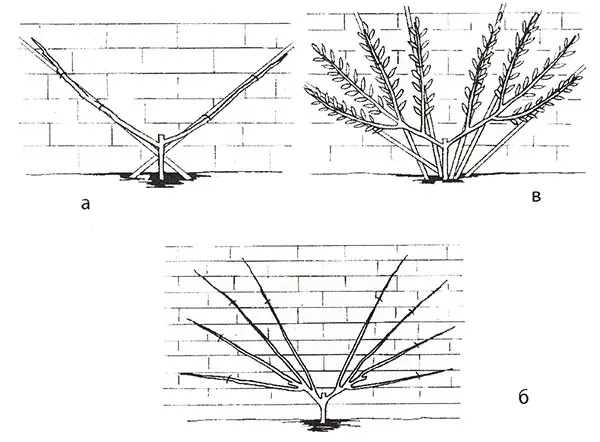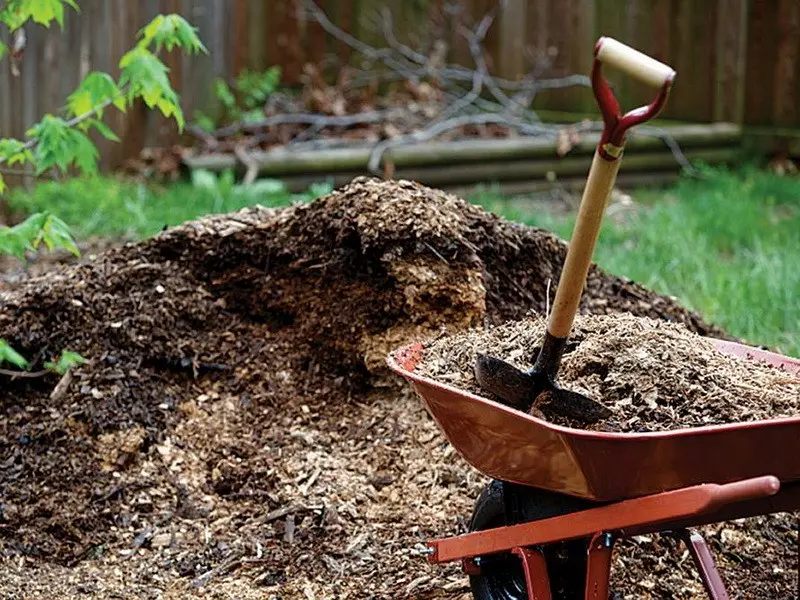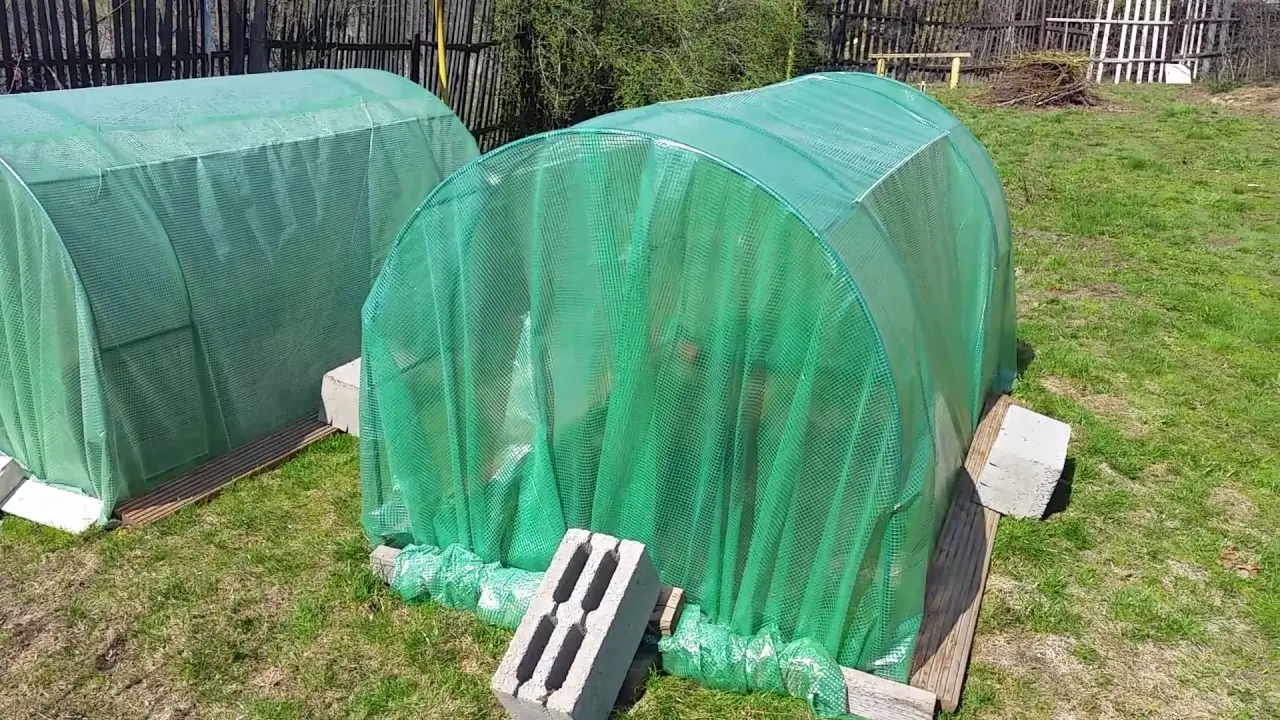Contents
Figs grown in the open field require a lot of attention from gardeners in the autumn, when the preparation of fruit crops for the upcoming frosts begins. Today we will tell you how to cover figs for the winter.
Preliminary work
The fig, or fig tree, belongs to the heat-loving fruit crops of the Mulberry family, which, in a favorable microclimate, bear fruit at the very beginning of autumn. This plant is considered very demanding on growing conditions and care features. In order for the tree to bear fruit abundantly and please with a rich harvest of tasty and juicy fruits, a lot of effort will have to be made. It is important to know how to prepare a heat-loving fruit crop for the upcoming frosts.
Preparation of figs for winter begins immediately after harvest. With the advent of autumn, the frequency of watering decreases. The plant is moistened only in the absence of rain. In case of heavy rainfall, it is better to cover the trunk circle with plastic wrap. Excess moisture in the soil can lead to rotting of the root system.
Crown pruning is a mandatory procedure for preparing figs for wintering. The shoots are shortened so that they easily bend to the ground. In some regions – in Siberia and the Urals – branches are cut off almost completely.

Autumn is the time to fertilize plants with mineral fertilizers and mulch the soil. A layer of mulch allows the root to “breathe”, absorb moisture and feed on the beneficial and nutrients that are in the soil.

Video “Shelter of figs for the winter”
From this video you will learn how the preparation of figs for winter.
Three steps for shelter
The preparation of a heat-loving fruit tree for wintering depends on the climatic features of the growing region. An incorrectly chosen shelter technology can lead to irreversible consequences: figs will not be able to fully recover after winter.
Let’s figure out how to properly prepare a fig tree for the upcoming cold and frost:
Step 1: laying branches on the ground
After 2-3 weeks after harvesting, the soil in the near-stem circle is well moistened. After a few days, the branches of the fig tree begin to bend down to the ground. This procedure must be performed carefully and carefully so as not to injure the plant. The bending process is carried out in several stages, maintaining an interval of 4-5 days between them. Branches bent to the ground are fixed with twine with wooden pegs or metal studs-arcs.

Step 2: warming the plant
With the onset of the first frost, fig branches are wrapped with covering material. To warm a heat-loving fruit crop, you can use agrofibre, dense non-woven material or canvas, lutrasil, burlap, white polypropylene bags. It is not recommended to use waterproof and synthetic materials that do not allow air to pass through and create a greenhouse effect inside.
Step 3: fixing the shelter
To eliminate the possibility of lifting branches, you need to fix the covering material with wooden boards or pegs, building materials, stones, or sprinkle with earth. The best option for sheltering figs for the winter is to make a wooden box.
How to cover a tree
When choosing seedlings, it is necessary to take into account the varietal characteristics of crops and the weather conditions of the growing regions.
In the Crimea and the Kuban, varieties Nikitsky, Crimean Black, Brown Turkey, Commune, Gray Early, Abkhazian Purple, etc. are massively grown. For the climate of Krasnodar and Stavropol, fig varieties such as Dalmatsky, Brunsvik, Corderia, Braunschweigsky, Smirnensky, Kadota, Magnolia are suitable and San Pedro.
In the coldest regions of Our Country, where in winter the air temperature practically does not rise above zero, it is very difficult to cultivate heat-loving fruit crops. In order for the fig tree to survive the cold and frosty winter, experienced gardeners say, you need to cut off most of the length of the branches of the current season. In Siberia and the Urals, it will not be possible to grow this crop in its original form. After pruning the crown, the fig tree is covered with matting or reed mats. It is necessary to warm heat-loving crops carefully; in severe frosts, it is recommended to pour a layer of dry earth over the covering material and spread the spruce branches.
In the Moscow region and central Our Country, some summer residents do not cover the branches of the fig tree, warming only the trunk of the tree. According to reviews, figs do not suffer from cold and frost, because they have the ability to be reborn from the root collar. This version of the fig tree shelter is highly questionable. Therefore, most gardeners prefer to cover figs for the winter with dense non-woven materials, agrofibre, spruce branches, foam plastic, and even car tires cut into strips.

Answering the question of how to insulate figs for the winter, it is worth noting that this crop is intended for the south. However, with properly selected care and careful preparation for wintering, it can be successfully cultivated in other climatic zones.









